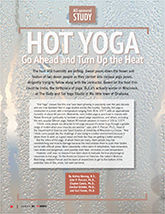
ACE-sponsored Study: Hot Yoga—Go Ahead and Turn Up the Heat

The heat and humidity are stifling. Sweat pours down the brows and bodies of two dozen people as they contort into vinyasa yoga poses, diligently trying to follow along with the instructor. Based on the heat this could be India, the birthplace of yoga. But it’s actually winter in Wisconsin, at The Body and Sol Yoga Studio in the little town of Onalaska.
“Hot Yoga” classes like this one have been growing in popularity over the past decade and are now standard fare in yoga studios across the country. Typically, hot yoga is conducted in a room with a temperature ranging from 90 to 105º F, with an approximate humidity of about 40 percent. Meanwhile, even hotter yoga is practiced in classes with Native American spirituality to recreate a sweat-lodge experience, and others, including the very popular Bikram yoga, feature 90-minute sessions in rooms of 105 to 115º F.
“I think some people are attracted to hot yoga because it’s easier to go through a greater range of motion when your muscles are warmer,” says John P. Porcari, Ph.D., head of the Department of Exercise and Sport Science at the University of Wisconsin-La Crosse. “And I think some people like the challenge of exercising in a hotter environment because it allows them to work up a good sweat and feels like they are getting a better workout.”
But the critics of hot yoga, of whom there are many, claim people may risk overstretching and muscle damage because the heat enables them to push their bodies too far with difficult poses. More importantly, critics warn of dehydration, heat exhaustion, heat stroke and dangerous—and possibly even fatal—increases in core temperature.
However, until now, no research has been done to evaluate the true physiological responses to hot yoga. So the American Council on Exercise, the nation’s Workout Watchdog, enlisted Porcari and his team of researchers to get to the bottom of the potential risks of this, umm, hot exercise trend.
THE STUDY
To analyze the effects of hot yoga on heart rate and core temperature, the research team, led by Porcari and Ashley Nereng, B.S., recruited 20 healthy, relatively fit male and female volunteers ages 19 to 44. To establish a baseline of strength and fitness, all subjects first underwent a treadmill VO2max test with ratings of perceived exertion (RPE) assessed at the end of each stage and at maximal exertion using the 6-20 Borg scale.
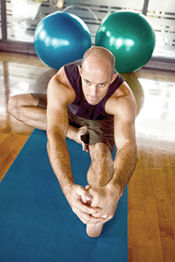
Next, the subjects participated in a 60-minute basic yoga class led by an instructor at a local studio near the University. The room temperature was a typical 70º F. Prior to the class, each subject swallowed a Cor Temp Ingestible Core Body Temperature Sensor, enabling researchers to remotely monitor core temperatures (Tc) throughout the class. Meanwhile, each subject also wore a heart-rate (HR) monitor during the entire class.
Researchers recorded Tc five minutes prior to exercise, every five minutes during the yoga class, and five minutes after the session. HR was recorded each minute during the class, while session RPE was recorded at the end of the class.
Within 24 hours, subjects participated in another 60-minute class, led by the same instructor, that featured an identical series of yoga poses. But this time it was a hot yoga class and the studio room temperature was approximately 22º F higher, for an average temperature of 92º F, and with significantly more humidity. Each subject’s core temperature, HR and RPE were measured in the same way as in the initial test.
“During the regular yoga class, people weren’t visibly sweating that much,” recalls Porcari. “But during the hot yoga session, the subjects were all sweating by 15 to 20 minutes into the class. By the end, everyone was dripping sweat. They were absolutely soaked.”
THE RESULTS
Immediately following both testing sessions, the researchers crunched the data. “We didn’t really see any difference in the increase in core temperature or heart rate between regular yoga and a hot yoga class,” notes Porcari.
Exercise intensity averaged 56 percent of maximal heart rate for the basic yoga class and 57 percent of maximal heart rate for the hot yoga class (Table 1). This intensity would be classified as “light” exercise based upon fitness industry guidelines. As for core temperature, starting from a resting temperature, Tc increased by 3.1 ° F for the basic yoga class and increased by 2.9 ° F for the hot yoga class, respectively. The highest temperature recorded for an individual was 102.4º F—well below the critical zone of 104 ° F in which fatigue and heat-related problems are imminent (Figures 1 and 2).
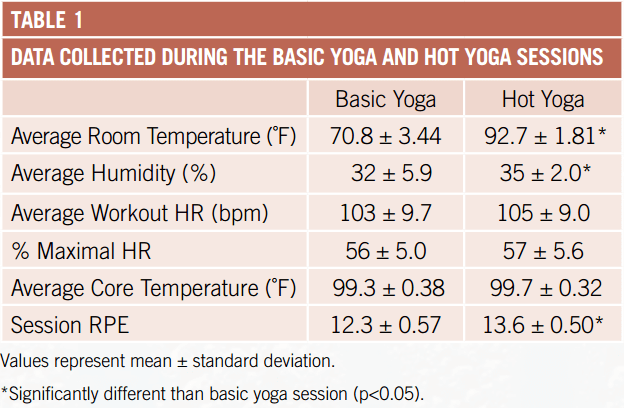
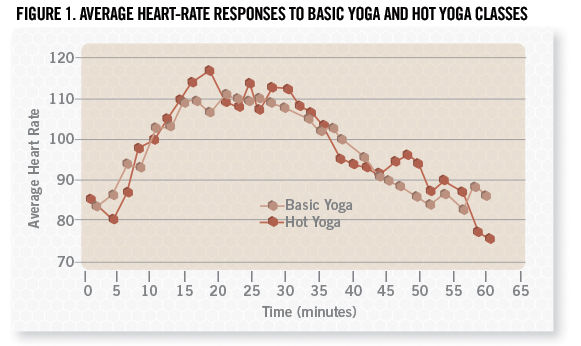

“Looking at heart rate, they weren't working any harder in the hot yoga class than in the regular yoga class,” he says. “Normally if you go out and walk 3 miles per hour and then you do it again on a day that’s really hot, your heart rate is going to be higher. So, because the heart rate was identical, this tells me that somehow people must have down-regulated how hard they were pushing themselves in the heated environment.”
However, there was a significant difference in RPE between yoga sessions, with the hot yoga session perceived by subjects to be more difficult. On average, they ranked the hot yoga session to be 1.3 RPE units higher than the basic class. “They perceived it to be harder because of the difference in temperature,” says Porcari, “But physiologically they weren’t really working any harder based on their heart rate.”
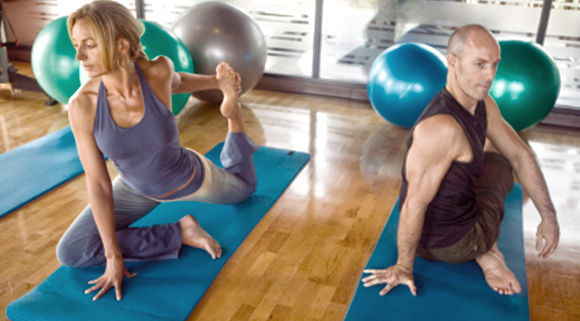
THE BOTTOM LINE
Hot yoga is indeed hot, both popularity-wise and temperature-wise. But as far as the activity being dangerous for the average exerciser, this research shows those concerns are unfounded. “It appears that the concerns related to abnormally high elevated core temperature during hot yoga classes is unwarranted,” says Porcari. “Some critics would say you’re going to become dehydrated, delirious and overheated, but I would say, based on what we saw, if people take hot yoga class where the temperature is between 90 and 95 degrees, I don’t think the increase in core temperature is going to place them at risk of having a problem.”
That said, it’s also important to note that this study did not look at how higher temperatures, like those typical of Bikram yoga, may adversely affect the body.
“This study looked at hot yoga as it’s practiced in most places. Bikram yoga is typically practiced in 105-degree heat [or higher]. It’s a 90-minute class and it’s very regimented,” he says. “Then you might have an entirely different story. I think that’s where the next research needs to go.”
No matter which type of hot yoga you choose to do, Porcari stresses the importance of staying hydrated before, during and after the class. Doing so should enable your body to safely regulate its core temperature no matter how hot the yoga is.
All in all, this research is good news for those who are interested in hot yoga but may have been concerned about the perceived dangers. So go out there and get hot, just maybe not too hot…
This study was funded solely by the American Council on Exercise.






